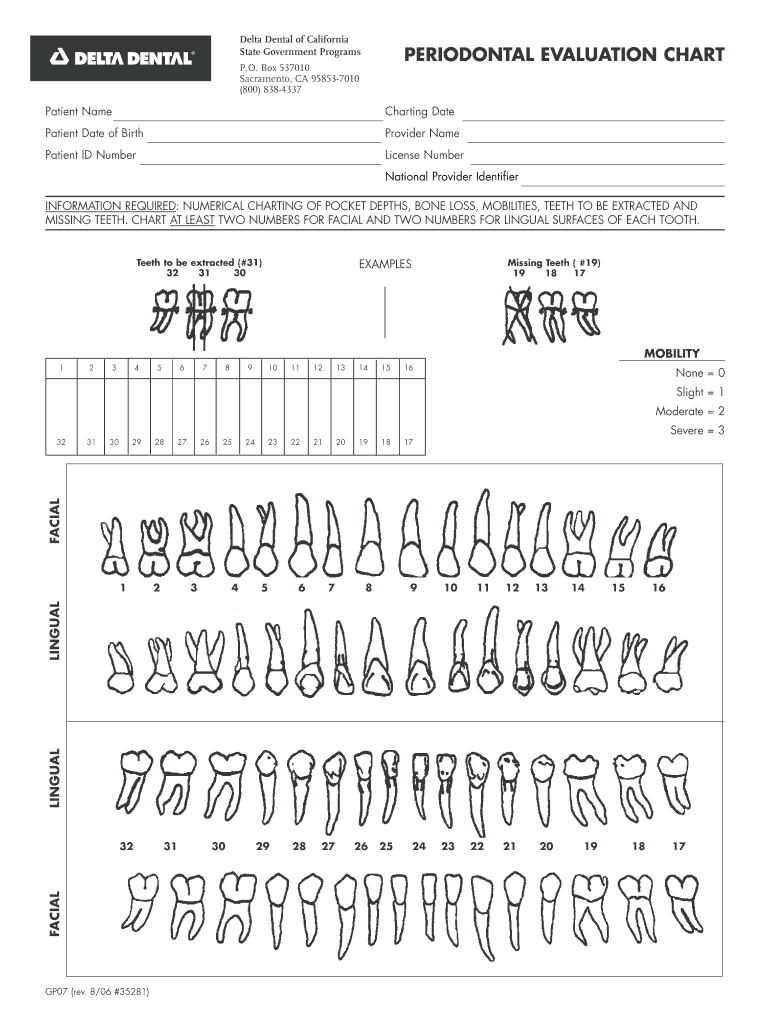
A dental chart, also known as a dental record or dental diagram, is a visual representation of a patient’s oral health. It provides a detailed overview of the teeth and surrounding structures, documenting any existing conditions, treatments, or potential issues. Dental charts are essential tools that dentists and dental hygienists use to track and monitor a patient’s dental health over time.
While dental charts vary in format and style, they typically include information such as tooth numbering, dental restorations, gum conditions, and other relevant details. The chart serves as a reference for the dental team to assess a patient’s oral health, plan treatments, and communicate with other dental professionals if needed.
Why are Dental Charts Important?
Dental charts play a crucial role in maintaining optimal oral health for patients. They provide a comprehensive record of a patient’s dental history, allowing dentists to track changes, spot patterns, and identify potential problems. Here are some reasons why dental charts are important:
- Accurate Diagnosis: Dental charts help dentists diagnose dental issues accurately by providing a detailed overview of a patient’s oral health.
- Treatment Planning: Dentists use dental charts to formulate personalized treatment plans based on the specific needs and conditions of each patient.
- Communication: Dental charts facilitate effective communication between dental professionals, ensuring that all members of the dental team are aware of a patient’s dental history and ongoing treatments.
- Progress Monitoring: By regularly updating dental charts, dentists can monitor a patient’s progress and evaluate the effectiveness of treatments over time.
- Legal Documentation: Dental charts serve as legal documentation of a patient’s dental health, which can be important in case of insurance claims or other legal matters.
Overall, dental charts are essential tools that help dentists provide the best possible care to their patients.
How to Read a Dental Chart?
Reading a dental chart can seem overwhelming at first, but with a basic understanding of dental terminology and tooth numbering systems, it becomes much easier. Here are the key elements you need to know to read a dental chart:
- Tooth Numbers: Each tooth in the mouth is assigned a number for identification. The most commonly used numbering system is the Universal Numbering System, where each tooth is assigned a unique number from 1 to 32, starting from the upper right third molar and ending with the lower right third molar.
- Symbols and Abbreviations: Dental charts may use symbols and abbreviations to represent various dental conditions and treatments. Common symbols include circles for cavities, triangles for missing teeth, and lines for dental restorations.
- Gum Conditions: The dental chart may also include information about the health of the gums, such as measurements of gum pockets and indications of gum disease.
- Dental Restorations: Dental restorations, such as fillings, crowns, bridges, and implants, are typically documented in the dental chart, indicating the specific tooth and type of restoration.
- Additional Notes: Dentists may add additional notes or comments in the dental chart to provide further details about specific conditions or treatments.
By familiarizing yourself with these key elements, you will be able to interpret and understand the information presented in a dental chart more easily.
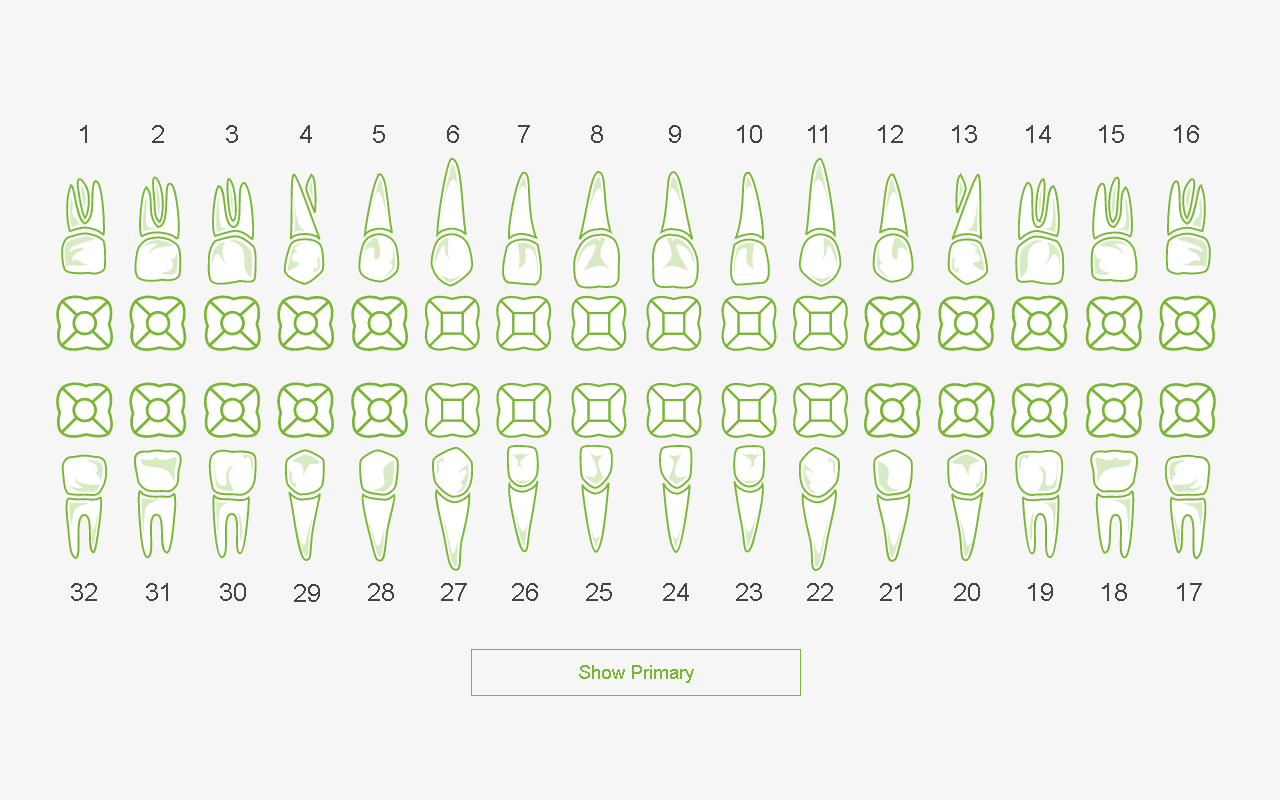
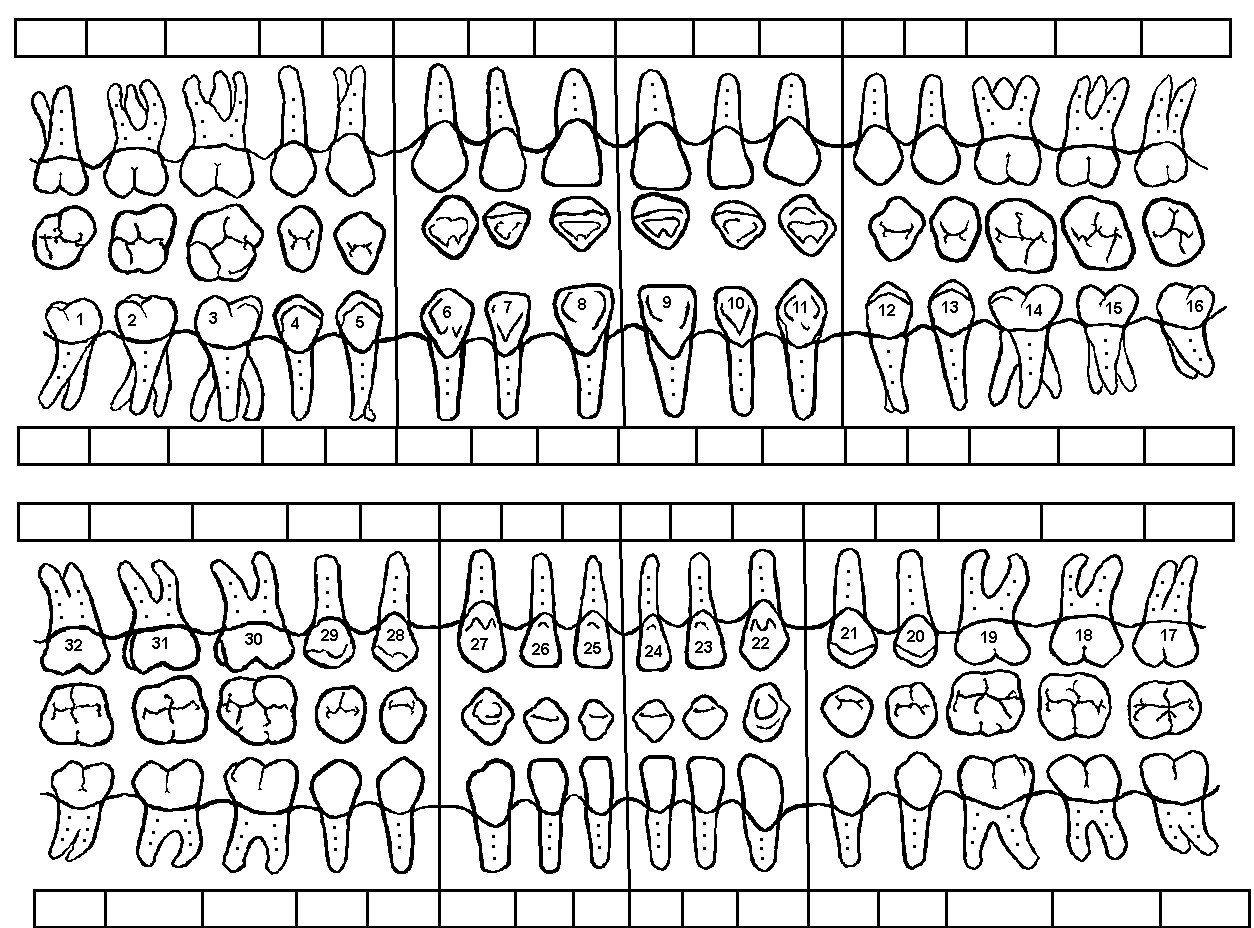
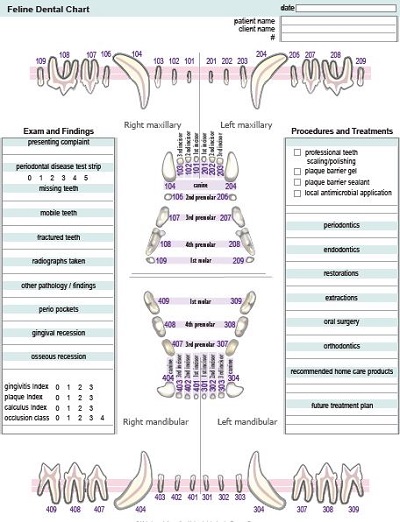
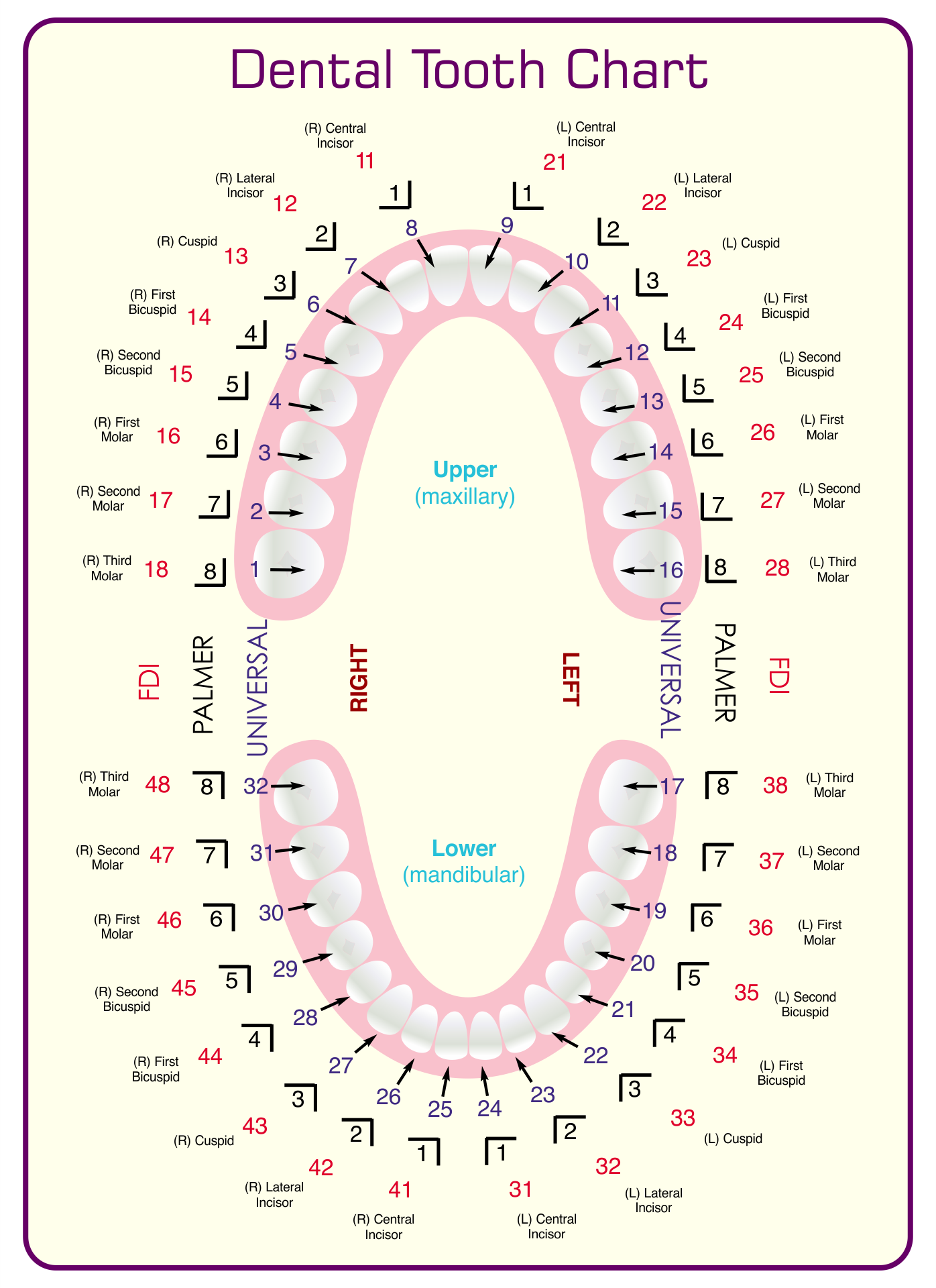
Benefits of Using Digital Dental Charts
In recent years, many dental practices have transitioned from traditional paper-based dental charts to digital dental charts. Digital dental charts offer numerous benefits, including:
- Efficiency: Digital charts eliminate the need for physical storage space and allow for quick and easy access to patient information.
- Accuracy: Digital charts reduce the risk of human error and ensure that all information is consistently recorded in a standardized format.
- Improved Communication: Digital charts can be easily shared between dental professionals, improving communication and collaboration among the dental team.
- Enhanced Patient Experience: Digital charts enable dentists to show patients visual representations of their oral health, helping them better understand their conditions and treatment options.
- Environmental Sustainability: By eliminating paper charts, dental practices contribute to reducing paper waste and promoting sustainability.
Overall, digital dental charts offer significant advantages in terms of efficiency, accuracy, communication, patient experience, and environmental sustainability.
Common Dental Charting Systems
Various dental charting systems are used worldwide, with some of the most common ones being:
- The Universal Numbering System: This system assigns a unique number to each tooth, allowing for easy identification and communication between dental professionals.
- The Palmer Notation Method: This system uses symbols to represent each quadrant of the mouth and assigns a number to each tooth, making it easier to identify tooth surfaces.
- The FDI World Dental Federation System: Also known as the ISO system, this system assigns a two-digit number to each tooth, indicating the quadrant and the tooth’s position within that quadrant.
Dental professionals need to be familiar with these charting systems to ensure effective communication and accurate record-keeping.
Conclusion
Dental charts are invaluable tools in dentistry, providing a comprehensive record of a patient’s oral health and aiding in diagnosis, treatment planning, and communication among dental professionals. Understanding how to read and interpret dental charts is essential for both dental professionals and patients to ensure optimal oral health. Whether in traditional paper form or digital format, dental charts play a vital role in providing the best possible dental care for patients.
Dental Chart Template – Download